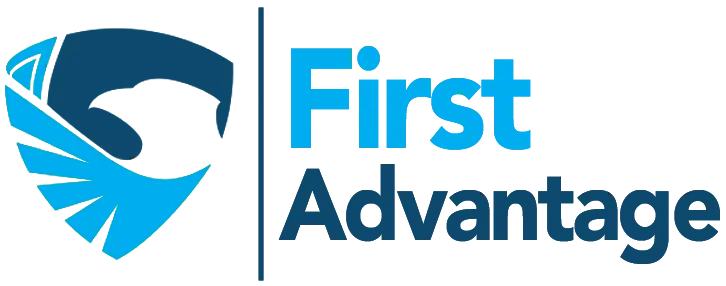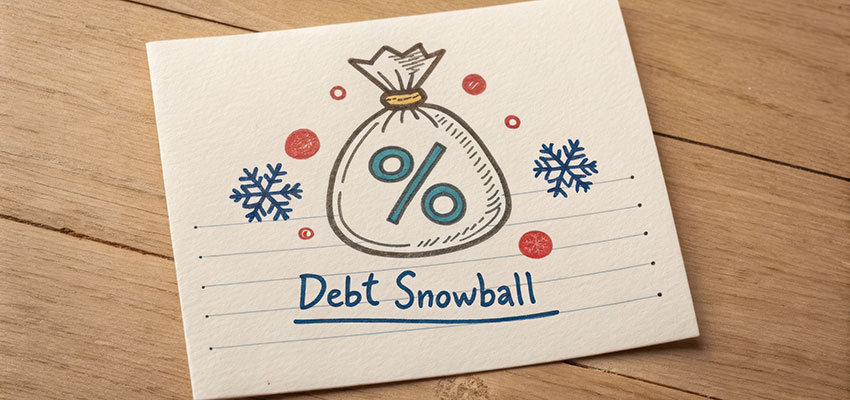
When you’re drowning in debt, every financial guru and blog seems to have a “proven” system or strategy to fix the problem. One of the most popular is the Debt Snowball Method. This strategy tells you to ignore interest rates and focus on paying off your smallest balances first.
At first glance, it seems like a gimmick. After all, why would you throw extra money at a $500 balance on a card with 12% interest while letting a $5,000 balance at 25% interest sit and grow? On paper, it doesn’t make much sense. But the snowball method has gained traction for a reason, and it’s worth deciding for yourself whether it’s a smart strategy or just another piece of financial hype.
What the Snowball Method Actually Does
The mechanics are super simple. You lay out your debts from smallest to largest balance, regardless of interest rate. Then, you make minimum payments on everything except the smallest balance and throw as much extra money as you can at that one. After it’s paid off, you take the money that’s been freed up and start paying off the next smallest balance, and so on.
The idea is less about math and more about momentum. By getting a quick win early, you feel like you’re making progress — and when you see progress, you’re more likely to keep going instead of giving up halfway through the journey.
How much unsecured debt do you have?
Choose an option to check relief eligibility:
Takes less than 60 seconds. No obligation.
Why People Call It a Gimmick
Many critics say the snowball method is flawed because it completely ignores interest rates — a fair concern. When you look at it from a purely mathematical standpoint, you do save more money with the Debt Avalanche Method, which is where you attack the highest-interest debt first.
For example, if you’ve got a payday loan at 300% APR and a car loan at 6%, paying the smaller car loan off first seems ridiculous. And that’s where the “gimmick” label comes from: it feels like a psychological trick rather than a financially sound system.
The Psychology Factor (and Why It Matters)
Here’s the thing most spreadsheets don’t capture: human behavior. Debt isn’t just about numbers — it’s emotional. Many people know what they should do with their money but often fail to follow through.
The snowball method gives a fast payoff in the form of a closed account and one less bill coming due each month. That sense of accomplishment is motivating in a way that “I reduced my interest expense by $38 this month” is not.

Think of it like a diet. It seems obvious that the most mathematically efficient way to lose weight is to track calories in vs. calories out. But for many people, doing something simple like cutting out soda first creates momentum that often leads to bigger, more sustainable changes. The snowball method works the same way.
Who Benefits Most From the Snowball Method?
The snowball shines for people who:
- Feel totally overwhelmed because they have too many accounts.
- Have trouble staying motivated after a few months.
- Value visible progress over maximum savings.
It’s not ideal for those who are highly disciplined and comfortable sticking to a long-term plan without quick wins. If you’re someone who will follow through no matter what, the avalanche method almost always saves more money.
So, Is It a Gimmick?
Calling the Debt Snowball a gimmick oversimplifies things. A gimmick is something that pretends to work but doesn’t. The snowball method does work — and it gets people out of debt. It may not be the most efficient on paper, but for millions of people, efficiency isn’t the real battle. Consistency is.
If paying off a $300 store card first gives you the momentum to stick with a multi-year plan, then the snowball plan isn’t a gimmick — it’s a psychological strategy. The key is knowing yourself and what motivates you. If you’re driven by quick wins, the snowball could be the tool that finally gets you debt-free. If you’re more numbers-driven and disciplined, the avalanche will save you more money in the long run.
Final Thoughts
Honestly, the best debt payoff strategy is the one you’ll actually stick with. Some people need the motivation of early victories, while others are better served by focusing on the highest-interest accounts first. What matters most isn’t whether your chosen method is a gimmick or not — it’s whether it gets you to the finish line.
At the end of the day, debt freedom isn’t about choosing the perfect system; it’s about choosing a system you’ll follow until the balance hits zero.


